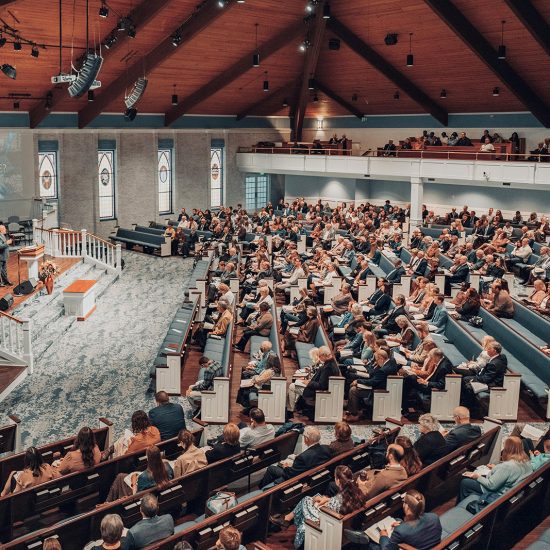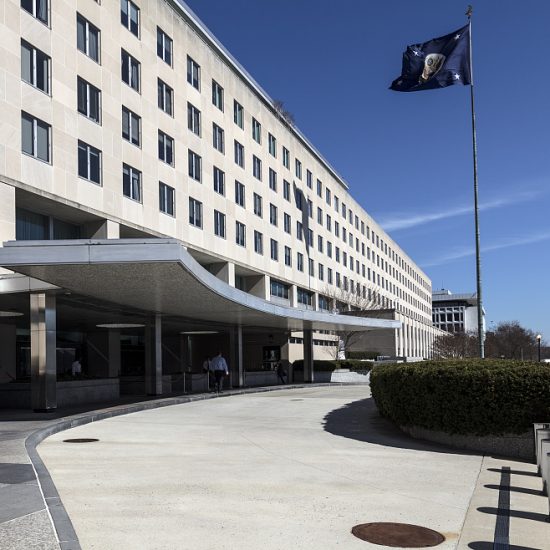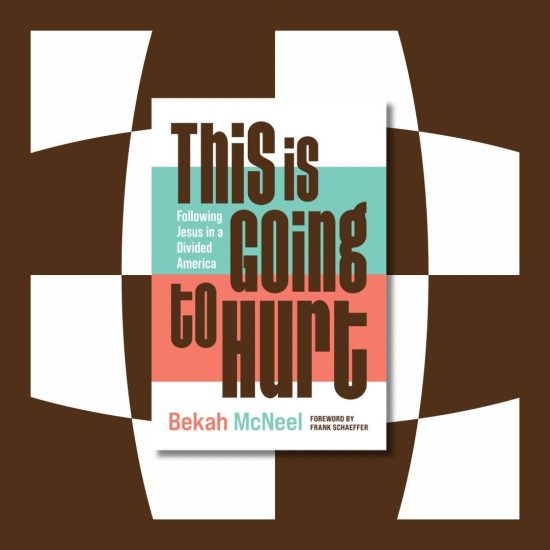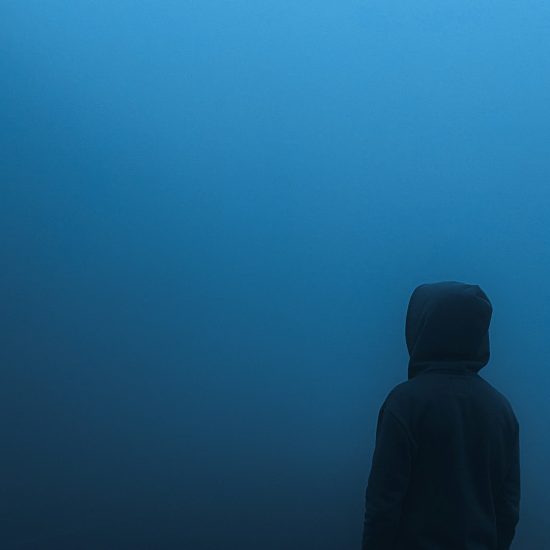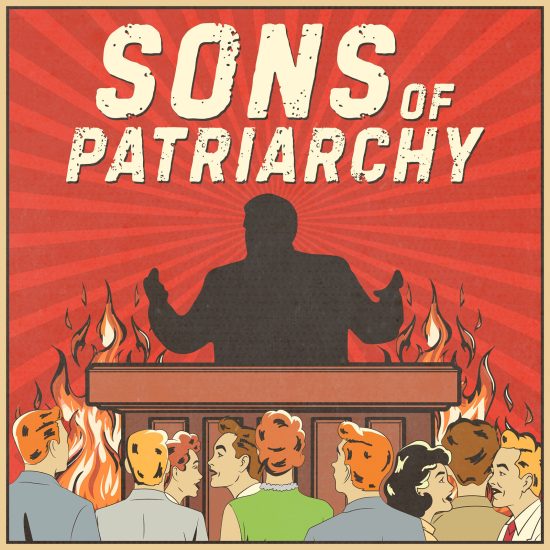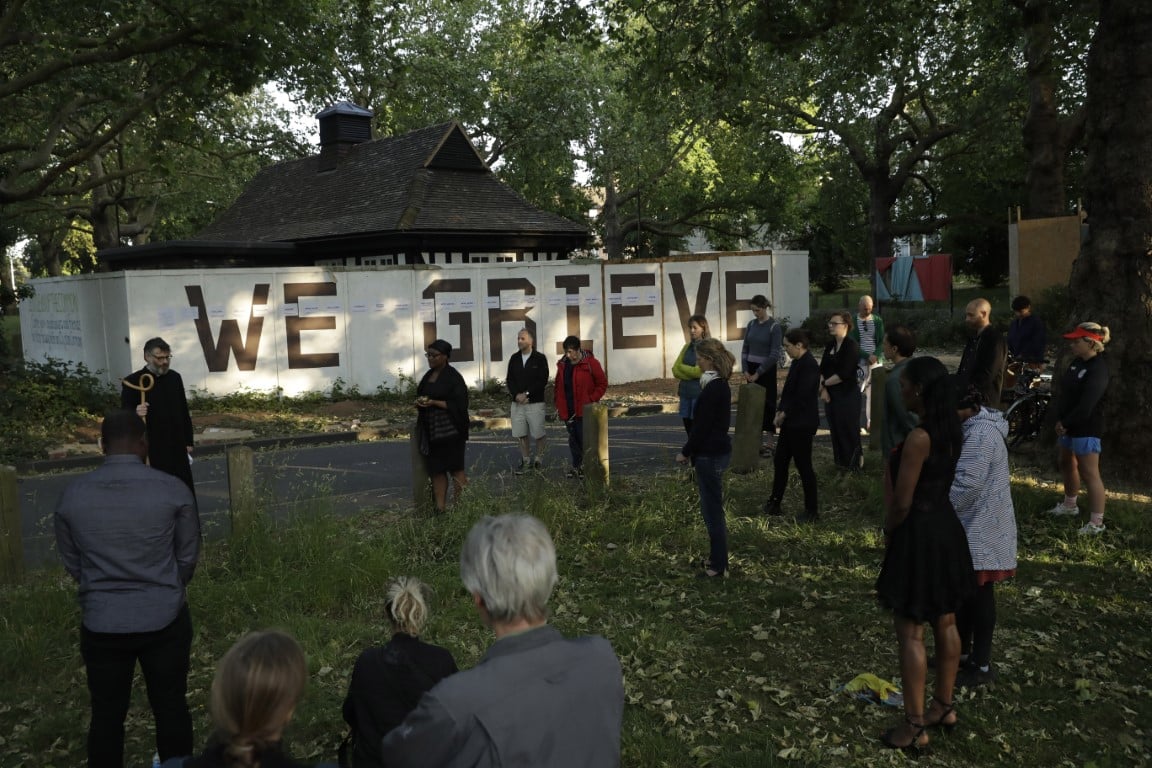
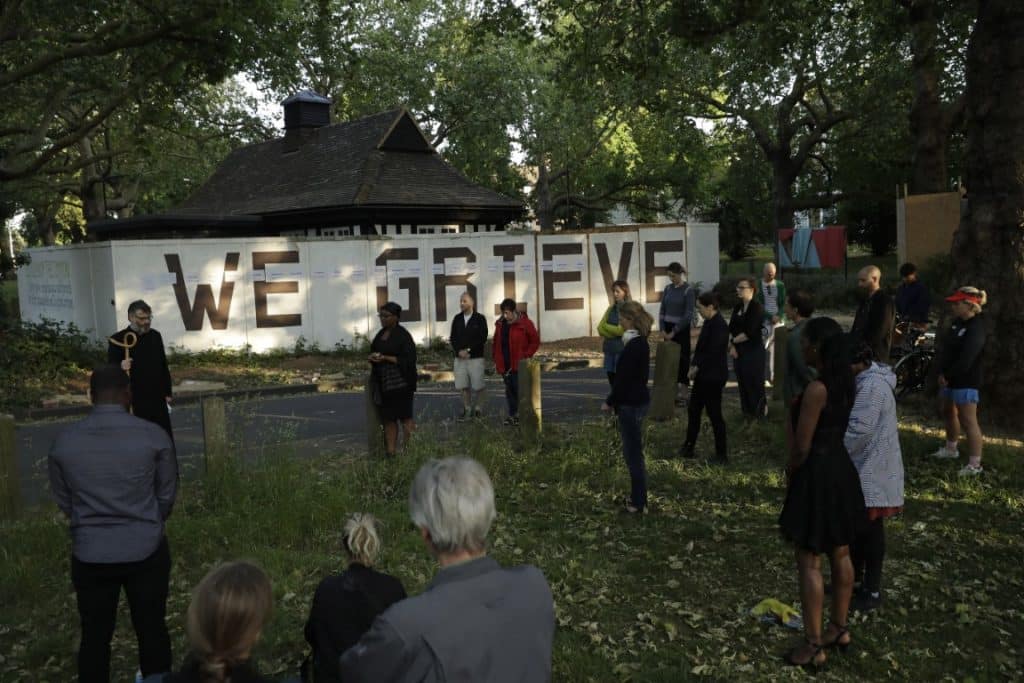
Reverend William Taylor, top left, and local people standing with social distancing observe a 30 second silence during a remembrance event as they add the names of five people who recently died to the community “We Grieve” wall at Clapton Common, in London, Thursday, May 28, 2020. The “WE GRIEVE″ wall has become a focal point for people who gather Thursdays to remember those who have died during the coronavirus pandemic, and organizer Rev. William Taylor says that the community found that there was a need just to stand together to grieve.(AP Photo/Matt Dunham)
LONDON (AP) — It’s nothing flashy. But then, it’s not supposed to be.
The plywood wall that surrounds a building site, painted with the words “WE GRIEVE″ in massive letters, has become a focal point for people of the Stamford Hill neighborhood. It is there that they gather each Thursday to remember those who have died during the coronavirus pandemic.
It might seem an odd venue. But it’s central and there’s space for social distancing — a place for civic grief.
“What we’ve found, almost by accident, is the need for communities to stand together and grieve,″ said the Rev. William Taylor, vicar of St. Thomas’, an Anglican church on Clapton Common.
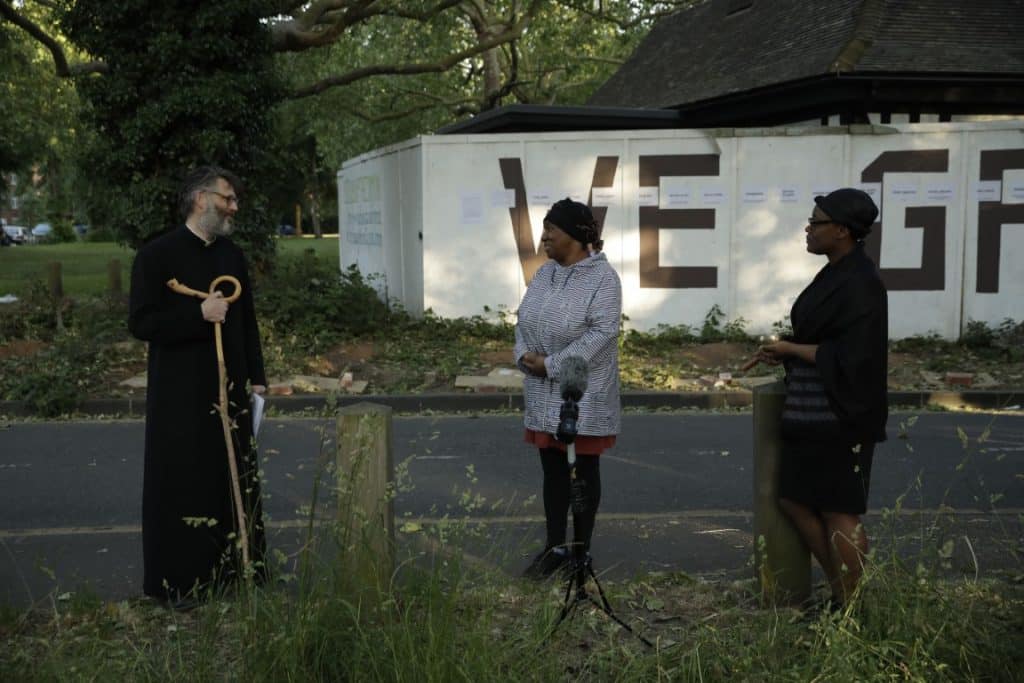
Frances Tella, center, speaks during a remembrance event about her mother Caroline, aged 83, who recently died of COVID-19 backdropped by the community “We Grieve” wall at Clapton Common, in London, Thursday, May 28, 2020. The “WE GRIEVE″ wall has become a focal point for people who gather Thursdays to remember those who have died during the coronavirus pandemic, and organizer Rev. William Taylor, left, says that the community found that there was a need just to stand together to grieve.(AP Photo/Matt Dunham)
This London neighborhood is diverse, even for a multicultural city. The common park was once surrounded by terraced houses built for the genteel who flocked to the area in the 19th century. But new groups moved in after World War II, and these days it is most well known as home to one of the largest Ultra Orthodox Jewish communities in Europe.
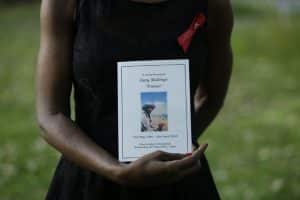
Local resident Marcia Mullings poses for photographs with an order of service from the funeral of her older brother Gary Mullings, aged 53, who recently died of cancer, which she brought with her to a remembrance event where Gary’s name was added to the community “We Grieve” wall at Clapton Common, in London, Thursday, May 28, 2020. (AP Photo/Matt Dunham)
And, in a way, it is that diversity that spawned the grief wall.
Taylor felt bereft when Britain’s coronavirus lockdown prevented him from mourning with others after the death of his friend Rabbi Avrohom Pinter, a leader of the Orthodox Jewish community.
The friendship between Taylor, who tweets as @HackneyPreacher and Pinter, a leading figure in the deeply traditional community of thousands, may have seemed unlikely. But the two bonded over their wish to build a spirit of friendship among those who lived near Clapton Common.
Among many initiatives, the pair worked together to convert a derelict public toilet into a community center on the edge of the common. The mock-Tudor structure was half-timbered like the Liberty department store in central London, giving the new center its name — Liberty Hall.
The project was designed to create neutral ground. Pinter, for instance, was adamant that it offer a bicycle repair clinic, so his cycling-mad community would go there.
After years of work, Liberty Hall was nearly complete. Ahead of its April opening, backers painted the words THANK YOU on the temporary wall surrounding the site in bright orange letters to show gratitude for often small contributors who raised 50,000 pounds, ($61,600), for the project.
Then the virus struck.
Pinter tried to persuade his community to follow the government’s lockdown rules, which many were reluctant to do. He spread the word door-to-door until he contracted COVID-19 himself. The rabbi died April 13.
Taylor grieved. One morning while running the common, he was jarred by the sign on their joint project. He discussed it with other members of the Clapton Commons community group, and they decided to repaint the wall.
“THANK YOU’’ was replaced by “WE GRIEVE.’’
Everyone who rode the 254 bus into central London could see it. The community responded, flooding social media with support. The wall clearly hit a nerve, for Britain has seen over 38,000 people die in the pandemic, a death toll second only to the United States.
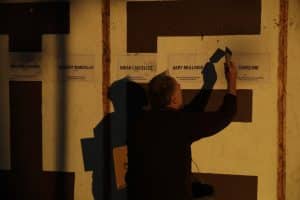
In the light of the setting sun local resident artist and graphic designer Mike Abrahams, applies a final layer of glue at the end of a remembrance event where the names of five people who recently died were added to the community “We Grieve” wall at Clapton Common, in London, Thursday, May 28, 2020. (AP Photo/Matt Dunham)
A conversation between Taylor and designer Mike Abrahams led to the ceremony of posting the names of the dead every Thursday, just before the nation pauses to clap in support of health workers battling the pandemic.
Each person is remembered with a simple sheet of paper glued to the wall. A bell is rung. Then there’s a moment of silence.
Sixteen people have been remembered. They include a doctor, a hospital porter, a father and son who worked as cobblers, a retired seamstress, and a bass guitarist.
Marcia Mullings came to remember a friend and her brother, Gary, who died of cancer and had only a small funeral because of coronavirus restrictions. Being with her neighbors eased her pain.
“We remember that we have lost loved ones,’’ she said. “We also are going to remember that we’re not alone in this.”

